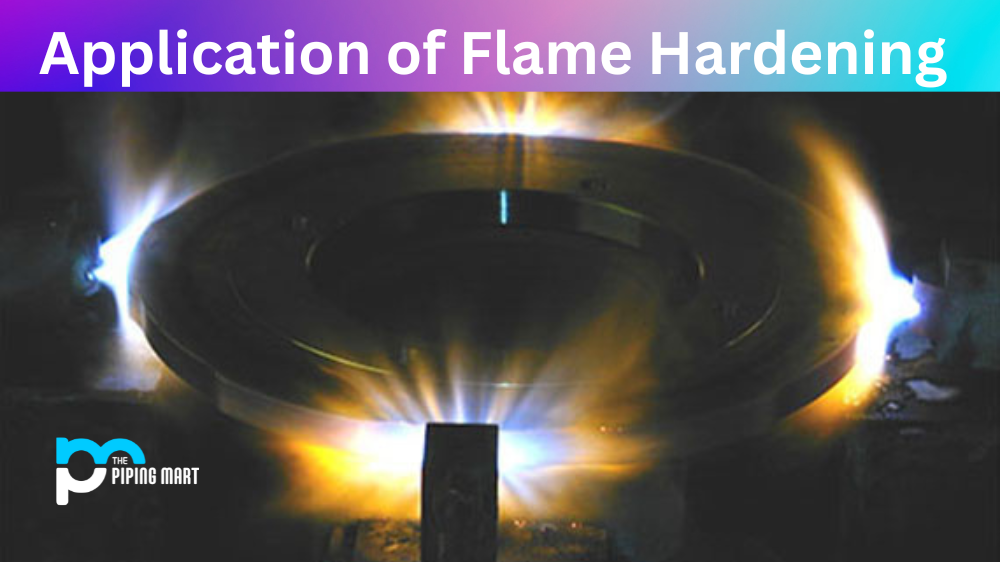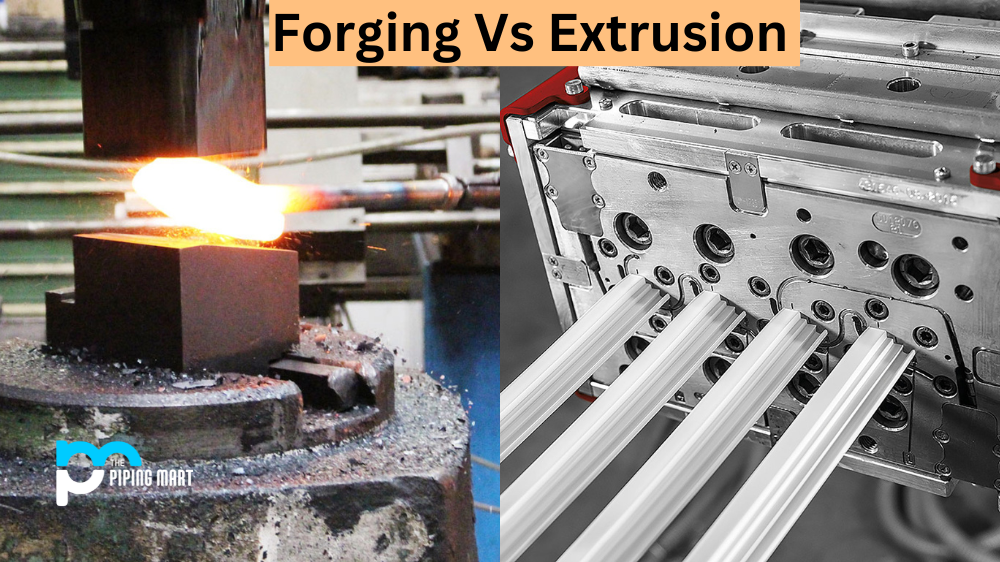Fabrication is the process of making an object or structure from raw materials. It is an important part of the manufacturing industry, as it allows companies to create products at scale while still maintaining quality. But what are the different types of fabrication methods? In this blog post, we’ll explore some of the more popular fabrication methods used today.
What is Fabrication?
Fabrication is a process of creating something out of material such as metals, plastics, and composites. Fabrication methods vary widely depending on the type of product being created. For example, skilled sheet metal workers can create complex precision components by forming metal sheets through cutting and shaping them according to the requirements. In plastic production, one of the most popular fabrication methods is injection molding which involves melting and cooling plastic pellets into finished parts with desired shapes. Fabrication is an essential tool in product manufacturing and plays a huge role in creating a diverse array of products we use today.
Fabrication Methods
Fabrication Methods are techniques and processes used to transform raw materials into a finished product. Fabrication is an essential step in the creation of products ranging from everyday items such as furniture to sophisticated specialized equipment. Common methods of fabrication include welding, cutting, forming, assembly, and machining. Fabrication methods have changed significantly over the years due to advances in technology and a variety of factors including cost effectiveness and optimization such as lighter and more resilient materials. Fabrication operations must be completely accurate, precise and tested with quality control measures to ensure successful implementation of the manufacturing process. These important measures ensure that the finished product meets specifications for quality, functionality, safety and cost efficiency.
Casting
Casting is a fabrication method that involves pouring a liquid material into a mold and allowing it to cool and harden. This is one of the oldest and most common fabrication techniques in use today, and it’s also one of the most versatile. Casting can be used to create complex parts with intricate details that would be difficult or impossible to achieve with other fabrication techniques. It can also be used to create large components quickly and cost-effectively. Common materials used in casting include metals, plastics, ceramics, and concrete.
Welding
Welding is another popular fabrication technique that involves joining two pieces of metal together using heat or pressure (or both). Welding can be done manually or using automated machines, depending on the job requirements. Welding is often used for creating large structures such as bridges and buildings, but it can also be used for smaller projects such as repairing car bodies or creating custom jewelry pieces. Common welding techniques include soldering, brazing, tig welding, mig welding, arc welding, laser welding, and electron beam welding.
Machining
Machining is a type of fabrication that uses specialized tools to cut away unwanted materials from solid blocks of material (such as metal). The machining process can involve cutting away large amounts of material from a block or just removing small amounts from specific areas (such as grooves). Machining is often used in automotive manufacturing and aerospace engineering projects where parts need to fit precisely together in order for them to work correctly. Common machining tools include lathes, milling machines, drill presses, saws, and grinding wheels.
Conclusion
Fabrication plays an important role in many industries today. Whether you’re looking for a way to mass-produce complex components quickly or just need something welded together for your own personal project—there’s sure to be a fabrication method out there that will fit your needs perfectly! From casting to machining—each technique has its own advantages and disadvantages, so make sure you research all your options before deciding which one will work best for you! With the right knowledge and experience—you’ll have no problem finding the perfect fabrication solution!

Pipingmart is a B2B portal that specializes in metal, industrial and piping items. Additionally, we share the latest information and information about materials, products and various types of grades to assist businesses that are involved in this business.




